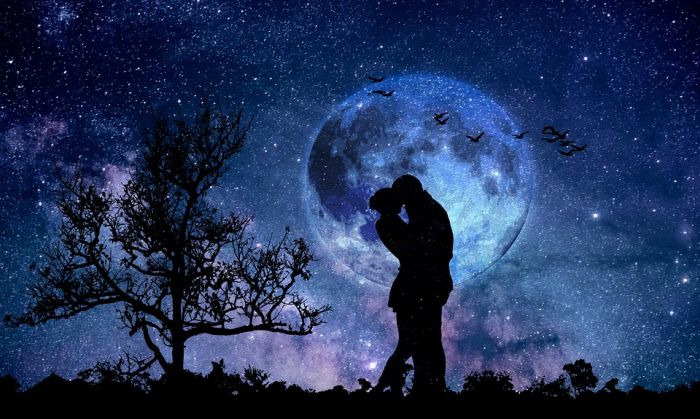Writing a romantic suspense novel is a bit like walking a tightrope—balancing pulse-pounding tension with emotionally rich love stories. Readers want to be swept up in the chemistry and the danger, and as an author, delivering both is part of the thrill. Here’s a look behind the scenes at how a romantic suspense novel is crafted, from spark to story.
The Spark: A “What If” With Consequences
Every story starts with a question. In romantic suspense, that question is often grounded in danger. What if a defense attorney fell in love with her client? What if a woman on the run was hiding from more than just her past?
The idea usually strikes first as a scenario, and from there, I build outward—who’s involved, what’s at stake, and how the romance could possibly survive it all.
Character First: Strong, Flawed, and Rooted in Emotion
Romantic suspense demands layered characters. The hero and heroine aren’t just falling in love—they’re navigating trauma, secrets, or external threats. I spend a lot of time sketching backstories, motivations, and wounds. What’s holding them back emotionally? What are they willing to risk?
These emotional arcs must feel real. That means vulnerability, growth, and yes—sometimes heartbreak. Without authentic characters, neither the romance nor the suspense will resonate.
Plotting the Twist and the Tension
This genre requires a well-paced, high-stakes plot. I usually outline my suspense thread and romance arc side-by-side, making sure they complement rather than compete with each other.

The suspense typically follows a three-act structure with escalating stakes—threats get closer, timelines tighten, secrets unravel. The romantic arc weaves through this, deepening with each shared crisis or revelation. The tension in one drives the urgency in the other.
Setting the Tone: Atmosphere Is Everything
Romantic suspense thrives on mood. Whether it’s a small town with a dark past, a city pulsing with danger, or an isolated location that amplifies the stakes, setting can shape the reader’s emotional experience.
I often use sensory details—sound, light, weather—to subtly mirror what’s happening inside the characters. A thunderstorm during a confrontation. Silence before an ambush. The environment becomes a silent character in its own right.
Balancing Heat and High Stakes
One of the most challenging aspects is pacing the romance and danger so neither overshadows the other. If the suspense is too dominant, the romance feels forced. If the love story moves too fast, it can feel disconnected from the danger around it.
I look for moments where intimacy and vulnerability naturally emerge—after a chase, during a quiet confession, or even in the middle of chaos. Love in a storm, after all, can be the most gripping kind.
Revision: The Real Writing Happens Here
Once the first draft is done, the real work begins. I focus on tightening the plot, clarifying character motivations, and making sure each twist lands with impact. Dialogue gets sharper. Clues are either buried deeper or brought out more cleanly.
And always, I check the emotional beats: Are the stakes high enough? Is the romance believable? Does the resolution feel earned?
In the End: Trusting the Ride
Romantic suspense is about trust—between characters and between author and reader. I want you to feel everything: the breathlessness of falling in love and the grip of fear when the lights go out.
Behind every page is a carefully woven balance of danger and desire. And if I’ve done my job right, by the end, you’ll be left breathless—in every sense of the word.
